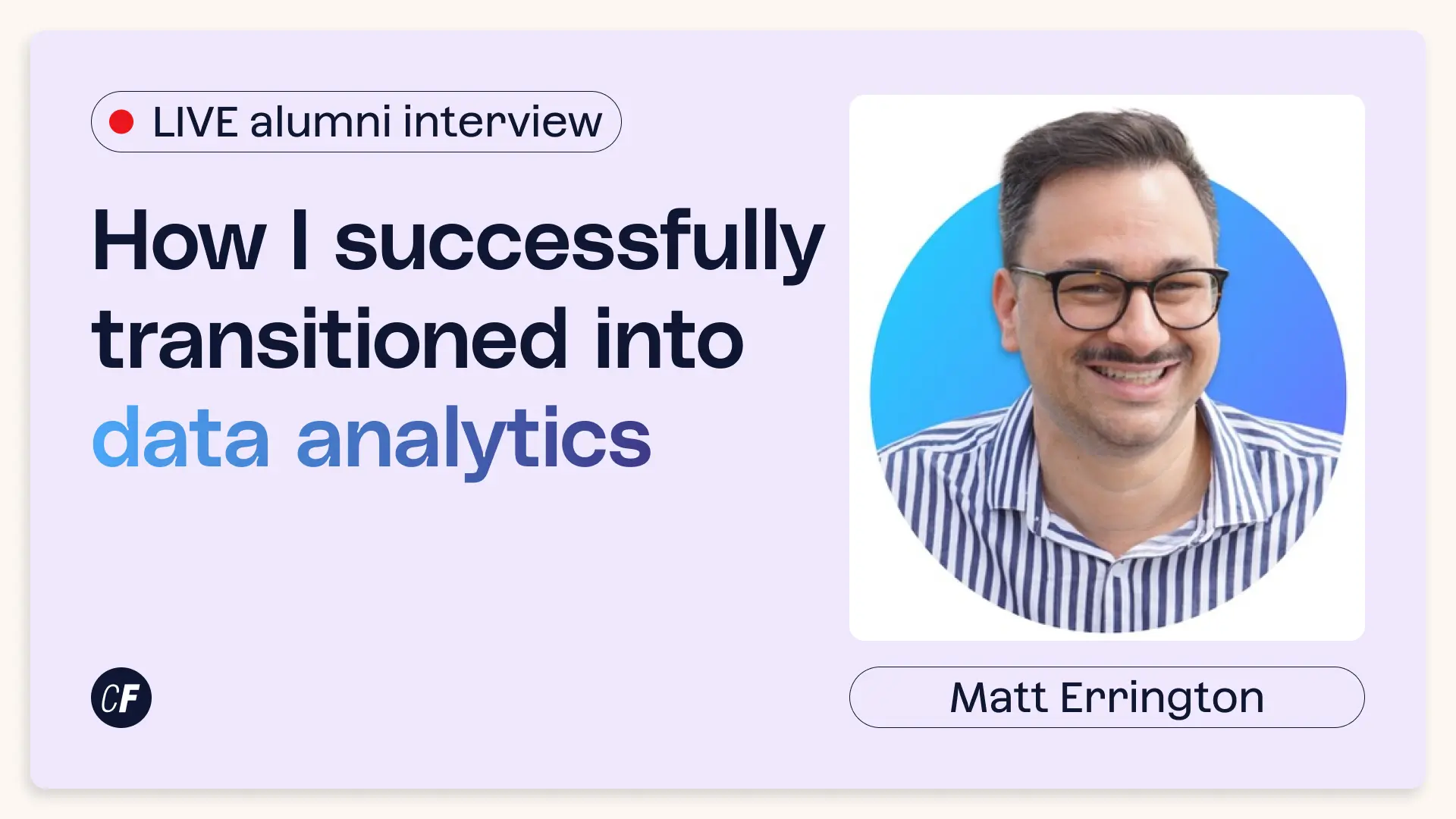Keywords For Your Resume: How To Pass Application Tracking Systems
How to keyword-optimize your resumé (and why it matters)
Nowadays, many companies use applicant tracking systems (ATS) to scan resumés for particular keywords. This enables them to quickly identify resumés that contain specific terms they’re looking for—for example, a certain programming language or tool, or a particular skill. For hiring managers and recruiters, this is no doubt a great time-saver. But if you’re an applicant, it means that you may slip through the cracks if your resumé doesn’t contain the right keywords! In order to keyword-optimize your resumé, it’s useful to understand how applicant tracking systems (ATS) work. We’ll explain that briefly in the next section.
How do applicant tracking systems (ATS) work?
Applicant tracking systems are designed to look for certain keywords in association with specific job requirements. So, a hiring manager looking for a web developer might prioritize the following keywords: JavaScript, C++, experience in financial services. A recruiter looking for UX designers might want to scan for the keywords “Adobe XD,” “design thinking,” and “Figma.”
With the desirable keywords identified, the applicant tracking system (which is essentially a piece of software) will automatically—and very quickly—scan all incoming resumés and rank them based on how much of a keyword match they are. If your resumé isn’t deemed a match by the ATS, it won’t even reach the recruiter. Sigh! But, if it is a match, you’ll go through to a real human. Yay! Which leads to the all-important question: How can you keyword-optimize your resumé?
How to keyword-optimize your resumé for applicant tracking systems
You’ll find all the advice you need on optimizing your resumé in the video at the top of this page, but here are some quick tips:
- Read the job description carefully and identify the keywords used, especially in relation to tools and qualifications. Try to include as many of these keywords in your resumé as possible.
- Include role-specific keywords such as the company name and the job title. You can add these to your summary at the top of your resumé.
- Avoid using images, graphics, tables, and charts in your resumé. Applicant tracking systems struggle to read these, so it’s best to steer clear!
And remember: While it’s important to optimize your resumé for ATS software, it should still be written for humans! Aim to strike a good balance and you’ll be well on your way to success.
For more advice, check out these guides:
Featured presenters

CareerFoundry
Become a UX designer, UI designer, web developer, or data analyst from scratch. Our programs will teach you everything you need to get your first job in tech in as little as 5 months—even if you don’t have any previous experience.








